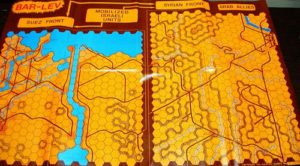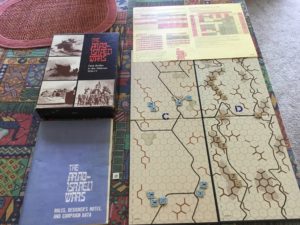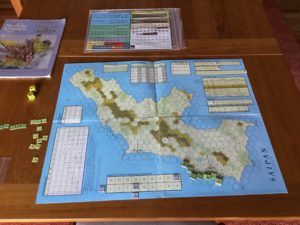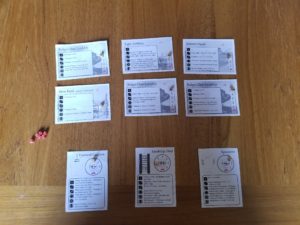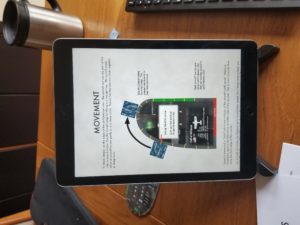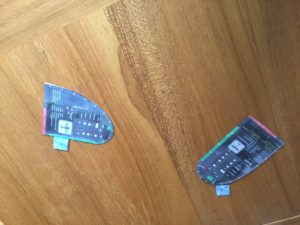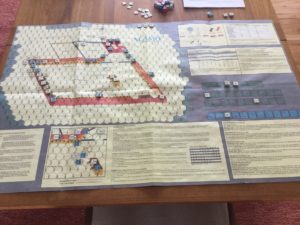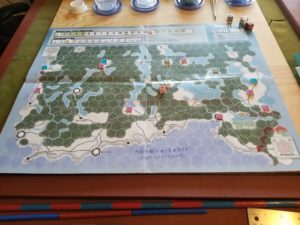TAD at The Sunfish Capitol Of The World. It’s a holding area for some of my older AH games. Never know when there will be a couple of boring rainy days.
Set up The Arab-Israeli Wars, the final iteration of the Panzer Blitz Series. When I opened the box, I discovered three old envelopes containing the counters for Situations (they didn’t call them Scenarios back then) 2, 3 and 4. Have no idea when I last played. So….start at the beginning.
Before all of that, I read the rules. Three levels; Beginning, Standard and Advanced. Each layers on unit capabilities and additional types of units, even including fixed wing and rotary aircraft. The usual foodgroups for tactical armor games; direct fire, indirect fire, overrrun, and close assault.
Scenarios reflect increasing complexity and number of units. Counters are large and easy to read, maps are bland, but functional. On the other hand, what can you do with the desert? Well, someone did get creative with Bar Lev.
(In)Famously Psychadelic!
In short, what’s not to like for a reasonable armored combat simulation that doesn’t bog you down?
My only gripe is that the charts are on a double-faced fold out requiring all kinds of fiddling to work with…..and some genius included the turn track. But, the genius did add dotted lines so the track can be cut away from the charts.
It’s sunny now, but will still get in a few plays. Here’s a photo of the whole shooting match. Excuse the E-Bay Listing Approach.
